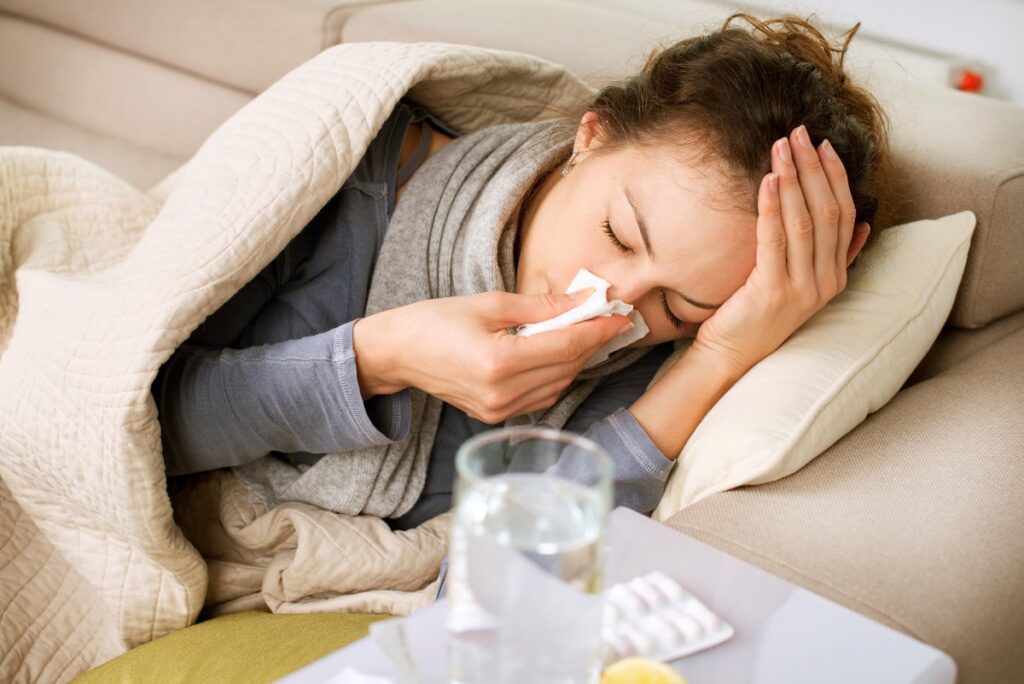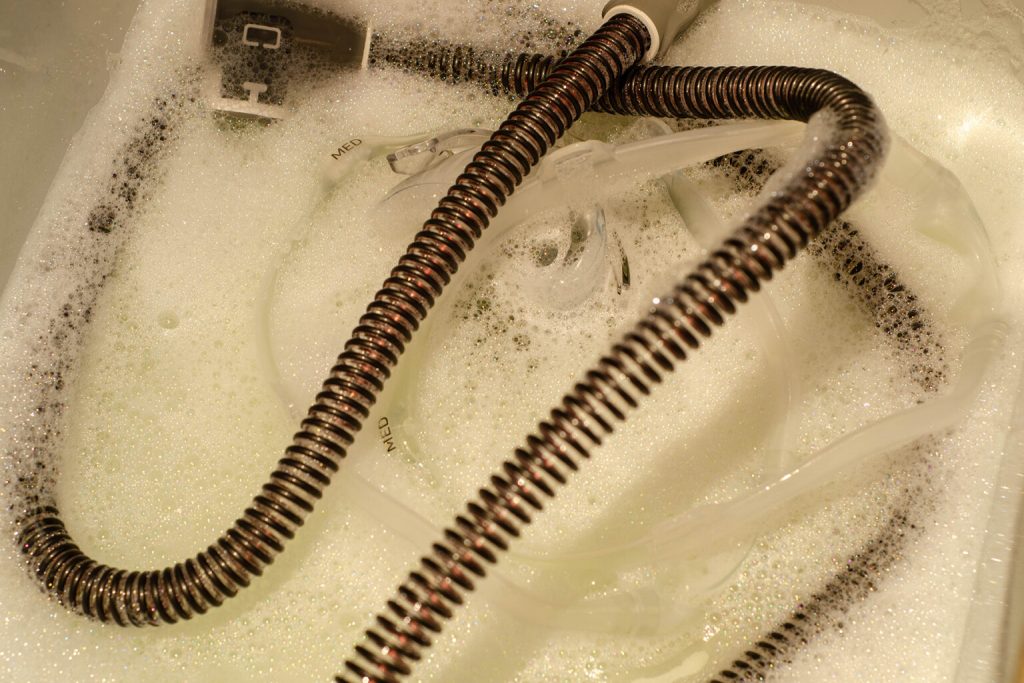Last Updated on May 5, 2021
You might wonder- How do I use a CPAP humidifier in the right way? Well, experts consider the continuous positive airway pressure (CPAP) as the primary and golden standard for treating and management of obstructive sleep apnea.
What is sleep apnea? This is a sleep disorder characterized by the collapse of the throat muscles when a person is sleeping. When this happens, it prevents oxygen from getting transported to the lungs and the brain. This disease can pose serious health risks unless it’s treated.
How do humidifiers work? Well, pressurized air is usually delivered to the patient’s airway during CPAP therapy; this keeps the airway open throughout the night. Such CPAP pressurized air can cause nasal irritation in the morning as well as sore throats.
This is particularly true for patients who live in elevated or dry climates. Humidifiers generally deliver moisture into CPAP therapy thus helping hydrate the air for fewer side effects and comfortable therapy.
Is it Vital to Clean a CPAP Humidifier?
Calcium combined with other minerals typically bond to similar molecules. In the end, it’s eventually collected on the humidifier chamber’s surface. After a while, these deposits will become large enough to be visible on the surface or the floating water.
Calcium and other minerals can damage the water chamber, the silicon O-ring sealers and the rubber. This can happen if the device is not cleaned properly.
If you use a CPAP machine and a humidifier you should adhere to a regular cleaning schedule to maintain the water chambers as required. Here’s a practical cleaning schedule that you can use to improve the conditions in the chamber and the CPAP humidifier service life.
Tips to Clean the CPAP Water Reservoir
Here are the things you must do to effectively clean your CPAP water reservoir:
It’s a simple job cleaning the CPAP water reservoir. Start with filling a bathtub or basin with water. Using a clean sink is usually the easiest path for most people.
Add to the water a small amount of mild soap. Submerge the washable parts of the machine and the CPAP water reservoir in the soapy water. Soak for 30 minutes then wipe it clean with a towel and hang to dry.
The DO’s for Cleaning Your CPAP Water Container
Adhere closely to all instructions as provided by your medic or doctor. Keep in mind the instructions given by the CPAP machine’s manufacturer. Note that while it’s relatively easy to clean the machine a simple mistake can be damaging to the machine. It’ll be very costly to replace or fix. By being acquainted with the manufacturer’s instructions you can easily avoid such mistakes.
Ensure the humidifier water chamber is always filled with distilled water -and nothing else. Note that most CPAP machine manufacturers emphasize that patients should use distilled water in their water containers because it leads to fewer mineral deposits in the tank. Furthermore, the use of tap water can promote microbial growth in the humidifier water tank.
Ensure you clean the CPAP water reservoir once a week. Most doctors and manufacturers agree that this is the minimum time it takes to stay without cleaning the CPAP water container. Moreover, experts on issues of sleep apnea recommend that the patient should soak the CPAP machine components in soapy water for 15-30 minutes before rinsing.
Note that it’s best to use hot water when soaking or cleaning the CPAP water container. Compared to using cold water, this also helps in removing contaminants much more easily.
Use regular tap water for routine cleaning. You can, however, use a mixture of hot water and vinegar for soaking if you discover some mold build-up or minerals in the CPAP water chamber. Use a ratio of 3 parts water and 1 to 2 parts vinegar.
Regardless, consult the user manual or call the manufacturer to confirm that the vinegar you’re using is safe for your device. Rinse the device thoroughly with clean water and refill it with distilled water.
If vinegar and hot water fails, use a suitable cleaning solution for the CPAP water container. Caution: Make sure that your cleaning solution is stronger than vinegar but gentle and harmless to your machine’s components.
Fill the CPAP water container with a cleaning solution or plain water. Before draining it, ensure you shake it well. Why? Shaking will help the clean water reach every corner of the water container and get rid it of any remaining contaminants.
Finally, let the CPAP water container dry well. Make sure no moisture is left in any section of the tank before using it again.
While cleaning, ensure the machine components are handled carefully (this prevents you from damaging them).
If you’ve been ailing, clean the CPAP water tank and your machine’s washable components as often as possible. This will prevent the multiplication of bacteria and viruses inside the CPAP machine.
Now, here are the things you should NOT do:
The Don’ts
Never run your CPAP humidifier using tap water. The machine should only function using distilled water.
The manufacturers advise against cleaning the CPAP water container or other components in the dishwasher. This could cause needless damage.
Never use scented soaps, perfumes or scented cleaning agents in the CPAP water reservoir. This is because such fragrances can allergies and irritate the lungs.
Never use dish detergents and harsh soaps to clean the CPAP water reservoir. These can be damaging to the water container and its components
Final Thoughts
Initially, you might find it challenging to get used to a CPAP machine. You might even feel that regularly maintaining the device is a burdensome process.
However, think about the long-term positive benefits that the CPAP therapy offers. Moreover, you should think about the undesirable consequences that your family can suffer if you fail to treat sleep apnea.
You’ll readily agree that the conveniences endured as a result of using a CPAP therapy is really worth your while. Yes, following the do’s and don’ts as outlined here can make a huge difference in the life of sleep apnea sufferers. Try it to your success.



